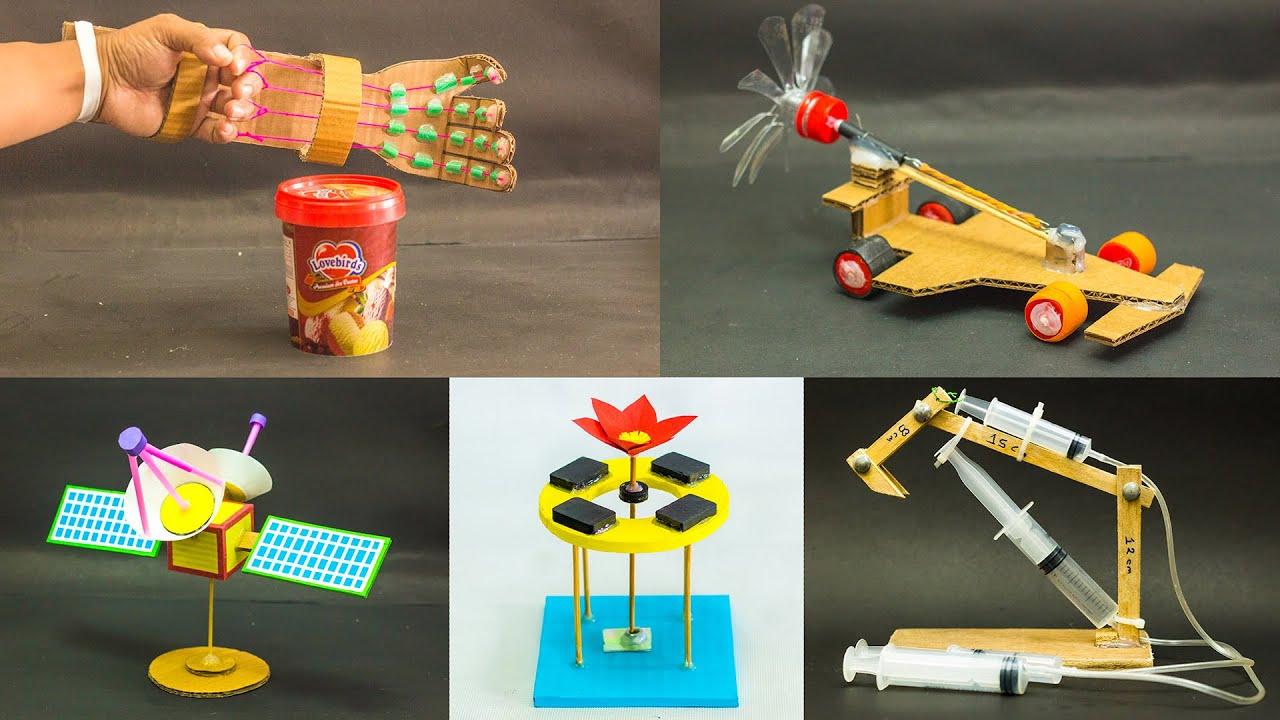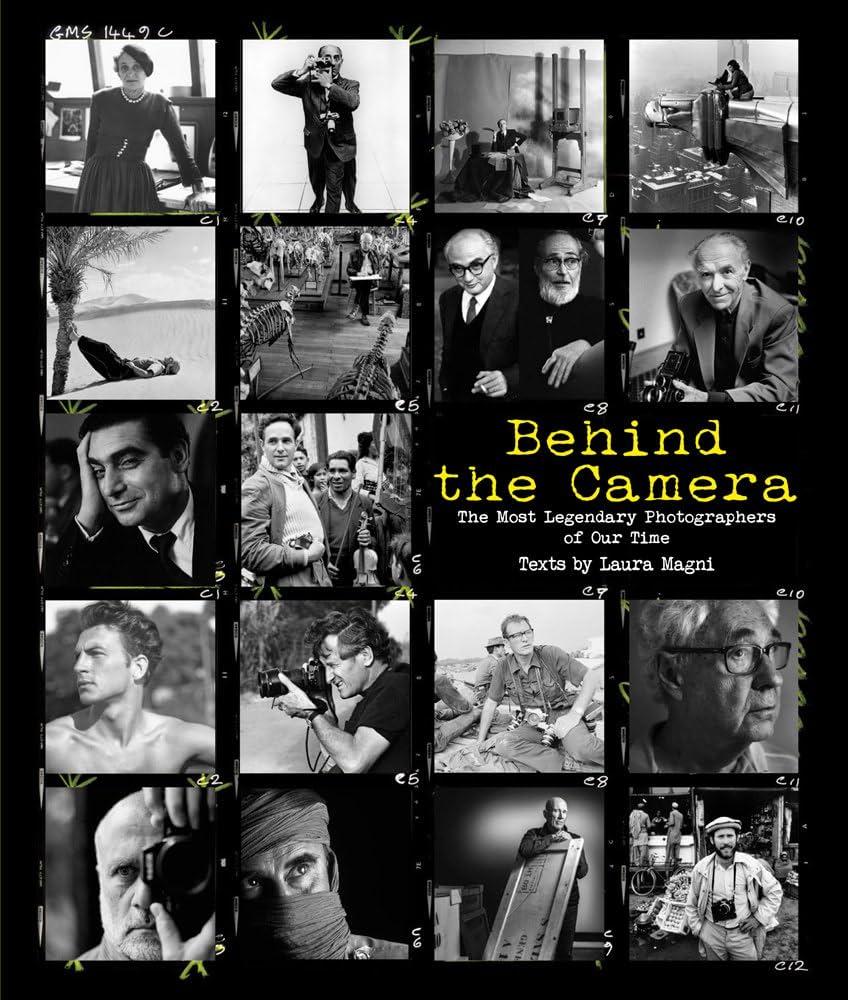
DIY Gadgets That Make Learning Science Fun
DIY Gadgets That Make Learning Science Fun
In a world where technology and education intersect, the joy of discovery often lies within the hands of curious minds. Imagine a classroom where the buzz of excitement isn’t just from textbooks, but from innovative DIY gadgets that transform the mundane into the extraordinary. These engaging tools not only spark creativity but also demystify complex scientific concepts, making them accessible and enjoyable for learners of all ages. In this article, we’ll explore a range of do-it-yourself projects that bring science to life, offering a playful approach to comprehension while igniting a passion for exploration and innovation. Whether you’re a student eager to experiment or a teacher seeking fresh ideas to inspire your classroom, these gadgets promise to make science a captivating adventure.
Q&A
Q&A: DIY Gadgets That Make Learning Science Fun
Q1: What are DIY gadgets in the context of learning science?
A1: DIY gadgets are hands-on projects that individuals can create using everyday materials, simple tools, and a dash of creativity. These projects not only stimulate curiosity but also elucidate scientific principles, making the learning process engaging and tangible.
Q2: Why are DIY projects effective in teaching science?
A2: DIY projects promote active learning by allowing students to experiment, tinker, and troubleshoot. Engaging in hands-on activities fosters critical thinking and problem-solving skills, as students can see the immediate results of their experiments, thus deepening their understanding of scientific concepts.
Q3: Can you give an example of a simple science DIY gadget?
A3: Certainly! One popular project is a homemade volcano. Using vinegar and baking soda, learners can create an erupting volcano that simulates chemical reactions. This exciting visual demonstration effectively illustrates concepts like acid-base reactions and gas production.
Q4: What materials do I need for DIY science gadgets?
A4: The materials can vary depending on the project, but commonly used items include household products like vinegar, baking soda, food coloring, straws, plastic bottles, cardboard, and simple electronic components for more advanced projects. The key is to use items that are easily accessible and safe to work with.
Q5: Are there any resources or online platforms you recommend for finding DIY science projects?
A5: Yes! Websites like Instructables, Science Buddies, and DIY.org offer a plethora of project ideas with step-by-step instructions suitable for various age groups and skill levels. YouTube also provides visual tutorials that guide learners through the process in an engaging way.
Q6: How can parents and teachers support students in DIY science experiments?
A6: Parents and teachers can encourage exploration by providing materials, facilitating discussions around the scientific concepts involved, and promoting a safe, open-minded environment where questions are welcomed. Joining students in their projects can also enhance bonding and collective learning.
Q7: Do these DIY gadgets have educational benefits beyond just learning science?
A7: Absolutely! DIY gadgets can enhance skills such as teamwork, perseverance, and creativity. They promote inquiry-based learning, where students ask questions and seek answers, encouraging a lifelong passion for learning beyond academic confines.
Meet N1X Da Queen Of A-Pop
N1X Da Queen Of A-Pop Sign up And Enter Her World Streaming Exclusive Music From N1X And Da Super Group Da Queens
Only On N1XMusic.com

Q8: What age group is appropriate for engaging in these DIY science projects?
A8: DIY science projects are adaptable for various age groups, from very young children (with parental guidance) to high school students tackling more complex gadgets. The key is to match the project’s complexity with the age and skill level of the learners involved.
Q9: How can we ensure safety while conducting these experiments?
A9: Safety should always be a priority! Adults should supervise projects involving potentially hazardous materials or tools. Always review instructions carefully, wear protective gear when necessary (like goggles), and choose projects that are age-appropriate to minimize risks.
Q10: What’s the ultimate goal of using DIY science gadgets in learning?
A10: The ultimate goal is to ignite curiosity, foster a love for science, and instill a hands-on understanding of the world around us. By integrating creativity with education, DIY gadgets transform learning into an exhilarating adventure that empowers students to explore and innovate.
Closing Remarks
Conclusion: Crafting Curiosity
As we wrap up our exploration of DIY gadgets that make science not just a subject, but an adventure, it’s clear that the magic of learning lies in our ability to create, experiment, and innovate. These projects open the door to hands-on experiences that ignite curiosity and foster a deeper understanding of the world around us. Whether you’re a curious student, a dedicated educator, or a parent looking to inspire, these DIY inventions serve as a reminder that science is not confined to textbooks-it flourishes when we engage with it actively.
So, gather your materials, unleash your creativity, and embark on a journey of discovery. Each gadget you build is not only a step toward mastering scientific concepts but also a way to cultivate a lifelong passion for learning. Remember, the greatest inventions often start with a simple idea and a willingness to explore. Happy tinkering!
Are you a content creator or someone with a big social media following?
Want to earn real cash promoting The Queen of A-POP?
Join the N1X Music Promoter Program — it’s as easy as:
1️⃣ Sign Up
2️⃣ Promote
3️⃣ Get Paid






No Comments